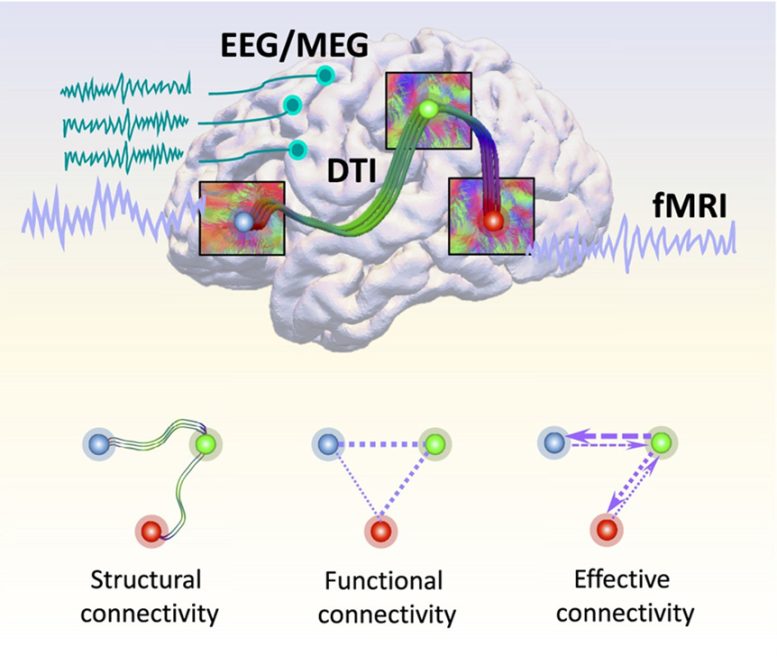

A new study highlights the crucial role of brain networks in Alzheimer’s disease research, offering insights into methodologies and future challenges. It emphasizes the need for advancements in data integration and model interpretability to enhance research and clinical practices, with optimism for overcoming AD through current technological advancements.
Dementia is a major health issue worldwide in the 21st century, impacting over 50 million people globally. This figure is expected to soar to 152 million by 2050, as the global population ages. Alzheimer’s disease (AD) is the leading type of dementia, responsible for 60–80% of all dementia cases.
Research on AD identifies two primary pathological hallmarks: the progressive accumulation of extracellular amyloid beta (Aβ) plaques and the presence of intracellular neurofibrillary tangles (NFTs).
The accumulation of these pathological proteins in specific brain regions, followed by their dissemination throughout the broader brain network, leads to disruptions in both individual brain regions and their interconnections. Consequently, brain networks play a pivotal role in the development and progression of AD.
Innovative Research in Alzheimer’s Disease
In a study recently published in Psychoradiology, researchers from the University of Texas at Arlington and the University of Georgia have systematically summarized studies on brain networks within the context of AD, critically analyzed the strengths and weaknesses of existing methodologies, and offered novel perspectives and insights, intending to serve as inspiration for future research.
This study offers a comprehensive overview of the dynamic landscape of Alzheimer’s disease (AD) research within the realm of brain network analysis. It underscores the pivotal role of brain networks in elucidating the mechanisms underpinning AD and their profound impact on disease progression.


Structural connectivity (SC) refers to anatomical links and is usually estimated using fiber bundles derived from diffusion MRI; Functional connectivity (FC) and effective connectivity (EC) are generally inferred through the correlation of nodal activities based on BOLD-fMRI or EEG/MEG. Credit: Psychoradiology
The review sheds light on the rich spectrum of graph-based methods employed in AD investigations, classifying them into traditional graph theory-based approaches and cutting-edge deep graph neural network-based techniques. These methodologies have significantly enriched our understanding of AD by unveiling intricate patterns within brain networks. Consequently, they have opened doors to pioneering diagnostic tools, predictive models, and the identification of potential biomarkers.
Moreover, this review highlights numerous substantial challenges lying ahead. These challenges encompass issues such as the interpretability of complex models and the effective integration of multimodal data, especially within the context of limited medical datasets. Addressing these hurdles remains paramount for the continued advancement of AD research and its translation into clinical practice.
Lead researcher, Dr. Lu Zhang, states, “Today, we have easier access to diverse modalities of data and possess more powerful computational models. I firmly believe that based on these advancements, we will ultimately overcome Alzheimer’s disease in the near future.”
Reference: “Exploring Alzheimer’s disease: a comprehensive brain connectome-based survey” by Lu Zhang, Junqi Qu, Haotian Ma, Tong Chen, Tianming Liu and Dajiang Zhu, 11 January 2024, Psychoradiology.
DOI: 10.1093/psyrad/kkad033
